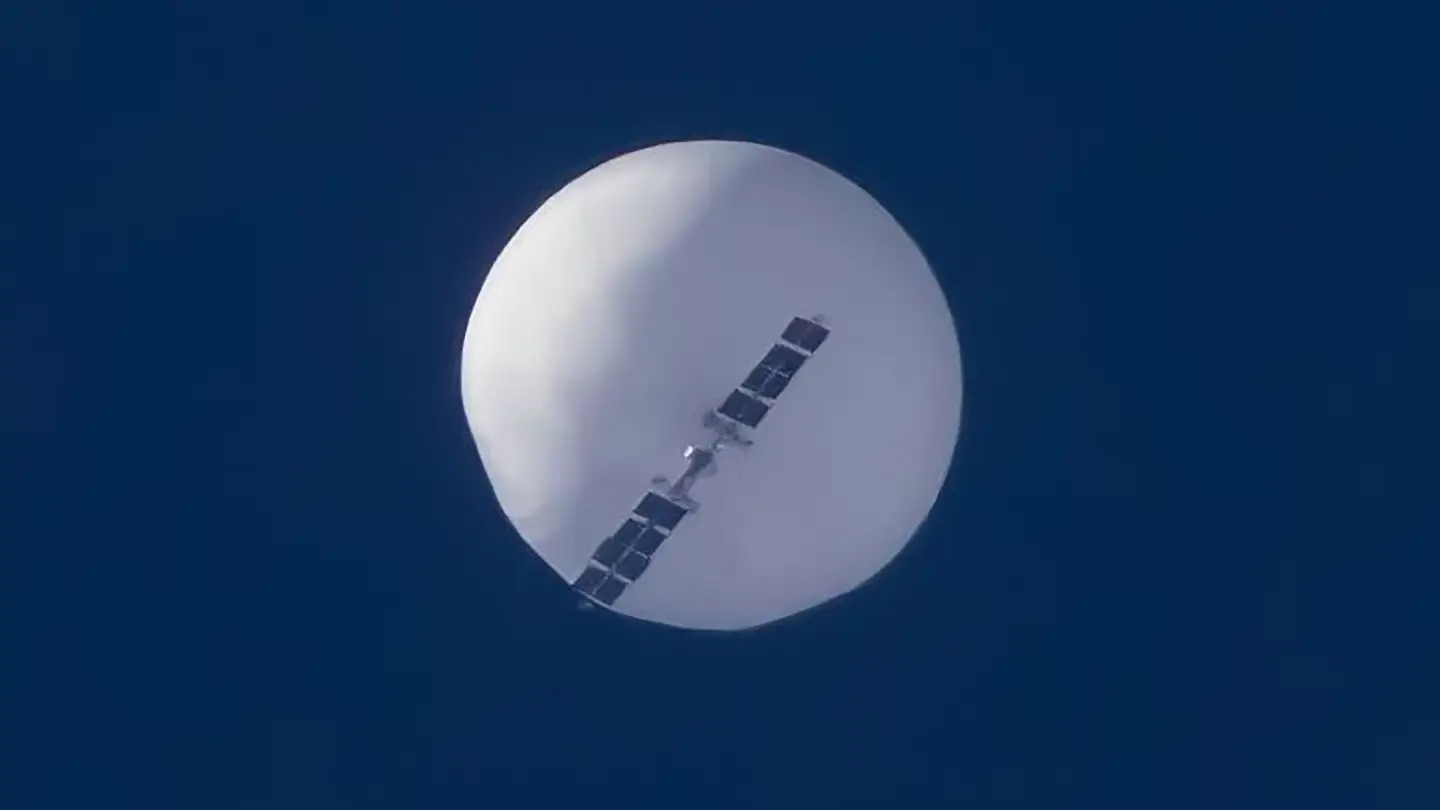
The untethered balloon rode the jet stream, which at times was slow, at other times much quicker, carrying the balloon over the countryside at 100 km/h or more. The authorities decided to wait until the balloon was off the coast and over the Atlantic before attempting a takedown. Fighter aircraft were then mobilized and soared skyward to meet the target. The lead aircraft then fired. But nothing happened, and the balloon continued on its merry way.
The incident described above was not, of course, referring to the balloon that China admits was their property, and which was successfully brought down late last week by a Sidewinder missile launched from a U.S. Air Force F-22 fighter. No, the incident referred to above occurred in 1998, and it was a Canadian ozone monitoring balloon launched in Saskatchewan that escaped its tether and also hitched a ride along the jet stream.
CF-18s were launched to chase the helium-filled balloon and intercepted it off the coast of Labrador, whereupon the Hornets opened fire. However, bullets were used instead of an air-to-air missile, over a thousand of them, all to no avail. So the Canadian military backed off and the balloon continued on its now transatlantic trajectory. Airliners were diverted to avoid confronting the 25-storey-high balloon.
“With something like this, which is stationary in the air when the CF-18s are flying very, very fast, it is difficult to shoot it,” Canadian Forces LtCol Steve Wills said at the time, according to the BBC.
Initial reaction by the British press was to mock the Canadians. But then, when the balloon reached British jurisdiction, their pilots similarly failed in their attempt to stop the rogue aircraft. Reportedly the Americans tried too but were also unsuccessful. The balloon, now peppered with many small bullet holes, eventually began a gradual descent before crashing into the frozen Arctic Sea near Finland, but not before having penetrated Russian airspace.
